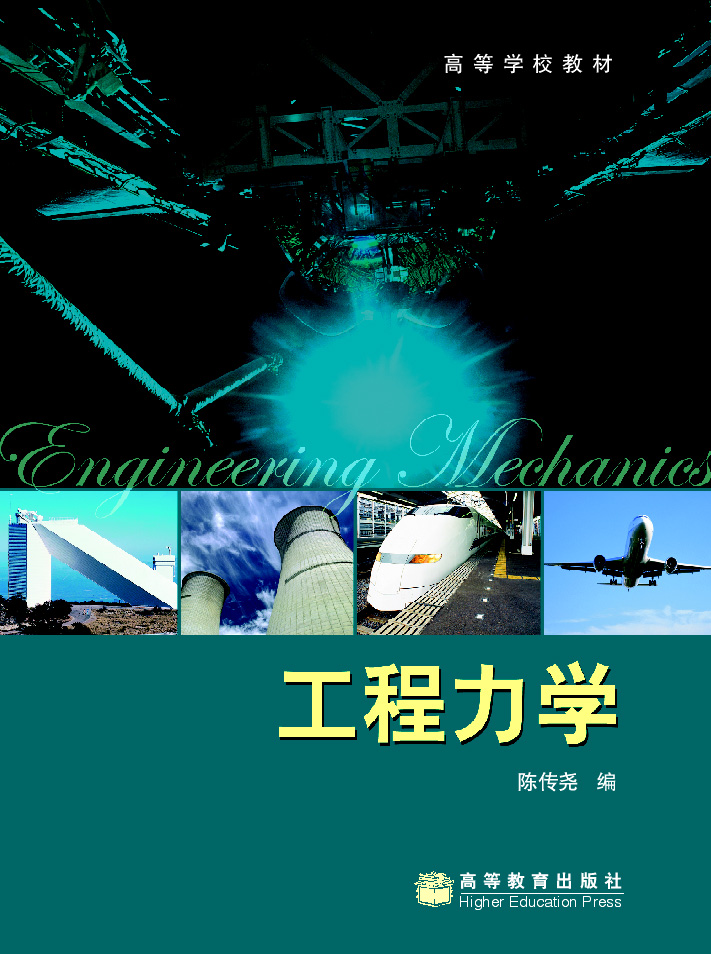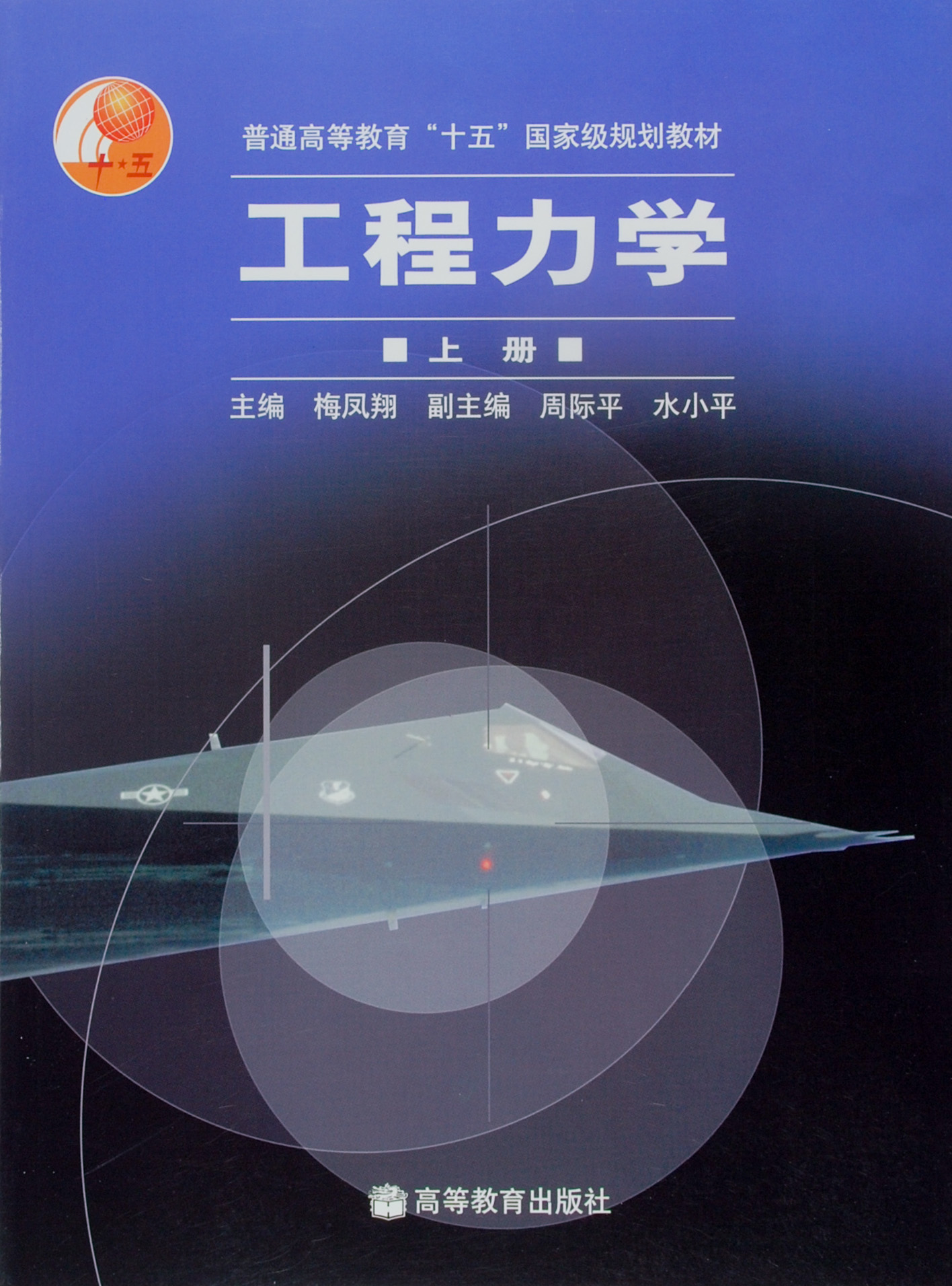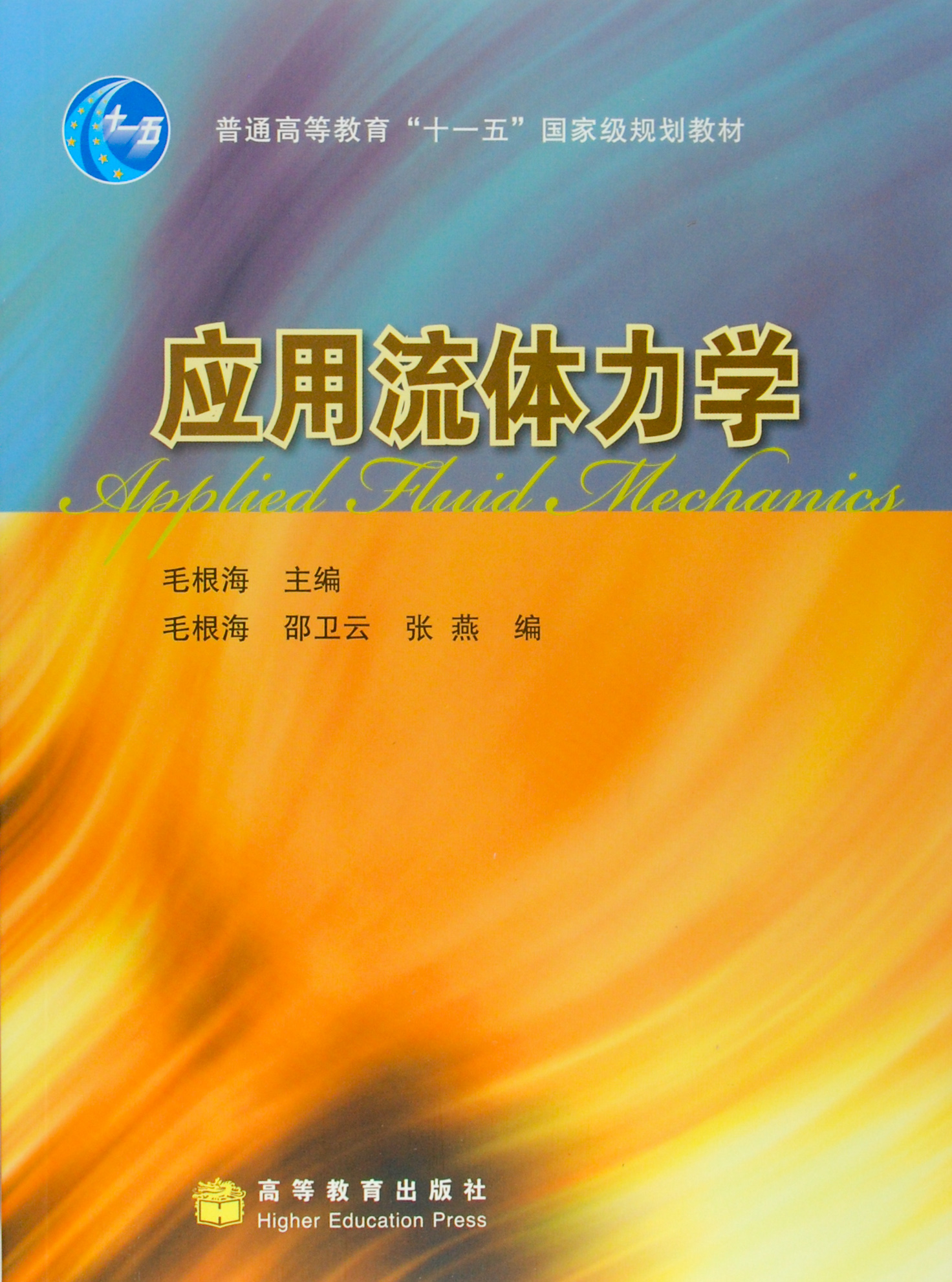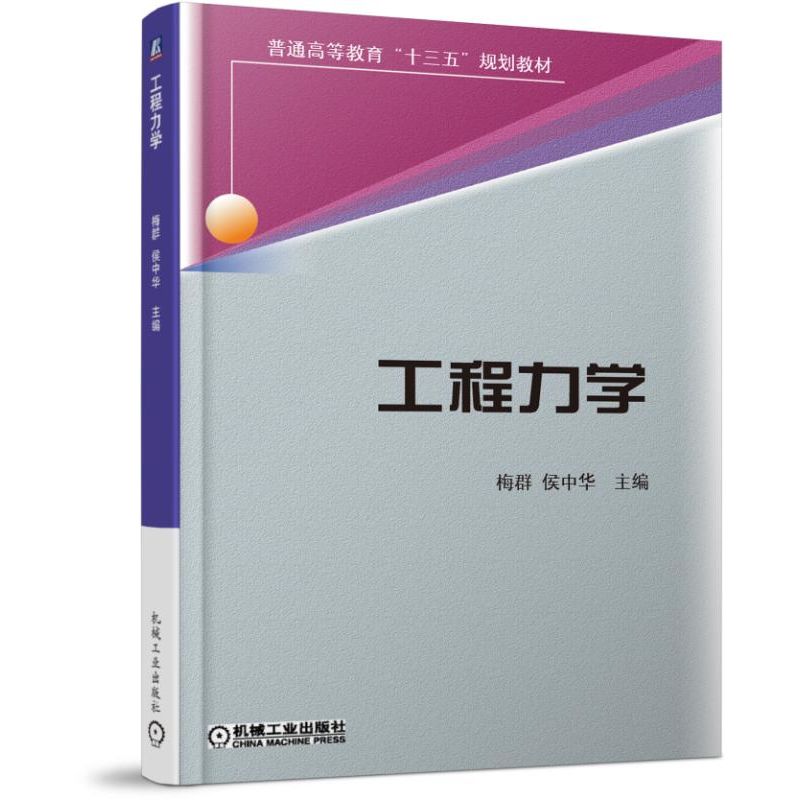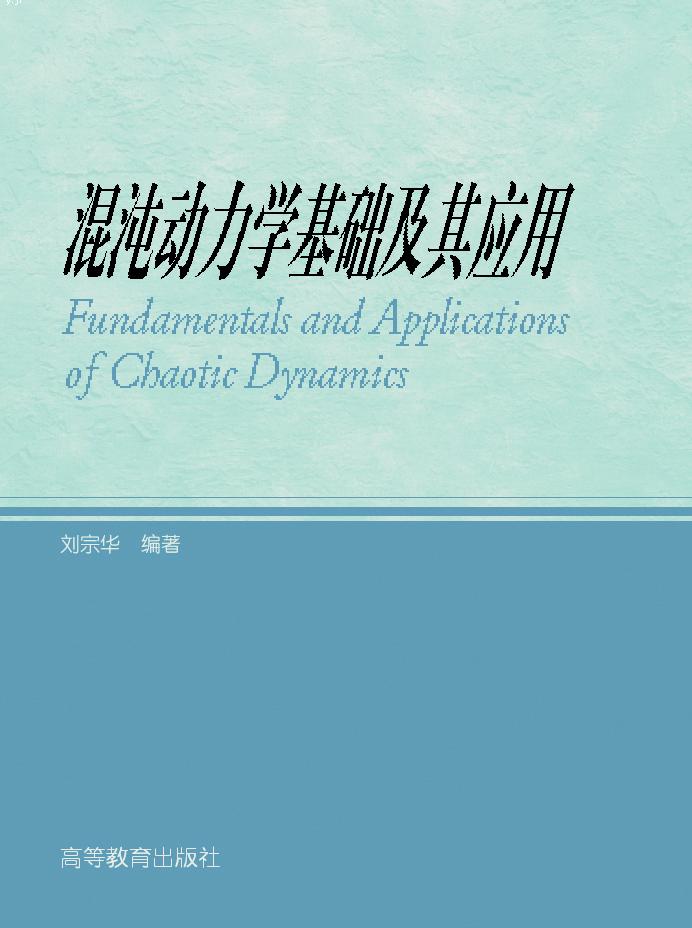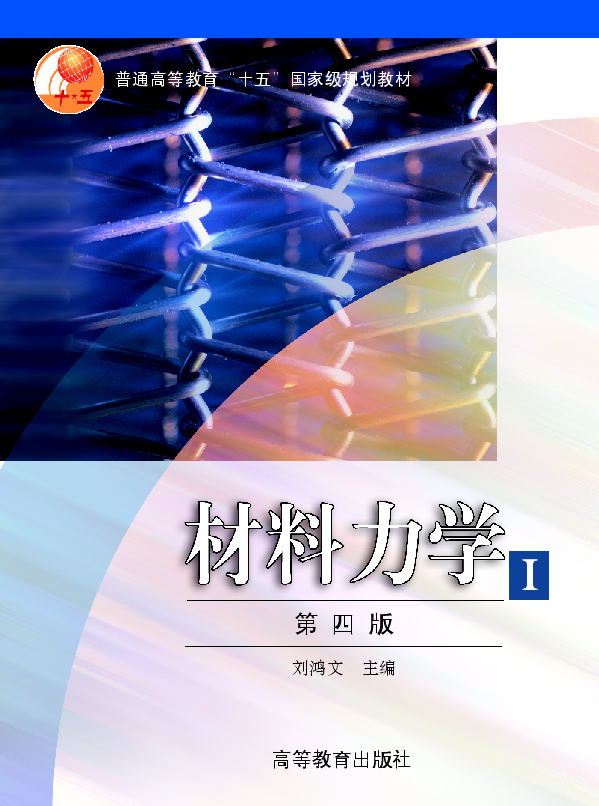- 高等教育出版社
- 9787040193312
- 1
- 163438
- 0045154302-9
- 平装
- 16开
- 2007-01-19
- 410
- 337
本书的主要内容包括刚体静力学、流体静力学和变形体静力学的基本概念、基本理论、基本方法及其应用。突出力的平衡、变形的几何协调、力与变形间的物理关系这一研究主线,使学生能建立对于工程力学的清晰的整体认识。
本书共12章。第1~3章为绪论、刚体静力学基本概念与理论、静力平衡问题,属刚体静力学。第4~6章为变形体静力学基础、材料的力学性能、强度与连接件设计,结合杆的拉压阐述变形体静力学的基本概念与研究方法。第7章为流体力,容器,用刚体静力学方法研究静止流体作用在壁面上的力及容器的强度。第8~11章为圆轴的扭转、梁的平面弯曲、强度理论与组合变形、压杆的稳定,利用变形体静力学基本方法研究各种变形体力学问题。第12章为疲劳与断裂,深入浅出地介绍疲劳与断裂失效的基本概念、基本规律及现代设计控制方法,适应时代发展。
全书力求概念准确,叙述简明,主干清晰,启发思维。本书可作为高等学校各专业工程力学(48~72学时)课程教材,也可供高职高专及成人教育院校师生选用或参考。
第一章 绪论
§1.1 什么是力学
§1.2 力学发展简史
§1.3 力学与工程
§1.4 学科分类
§1.5 基本概念与基本方法
1.5.1 力和运动
1.5.2 研究方法
1.5.3 工程静力学的基本研究内容
小 结
思考题
第二章 刚体静力学基本概念与理论
§2.1 力
2.1.1 力的合成(几何法)
2.1.2 力的合成(投影解析法)
2.1.3 二力平衡公理
§2.2 力偶
§2.3 约束与约束力
§2.4 受力图
§2.5 平面力系的平衡条件
2.5.1 力的平移与力对点之矩
2.5.2 平面一般力系的简化
2.5.3 平面力系的平衡条件
小 结
思考题
习 题
第三章 静力平衡问题
§3.1 平面力系的平衡问题
3.1.1 平面力系平衡问题的分析方法
3.1.2 静不定问题的概念
§3.2 含摩擦的平衡问题
3.2.1 静滑动摩擦
3.2.2 含摩擦的平衡问题的分析方法
§3.3 平面桁架
3.3.1 节点法
3.3.2 截面法
§3.4 空间力系的平衡问题
3.4.1 力在空间坐标轴上的投影
3.4.2 力对轴之矩
3.4.3 空间力系的平衡方程及其求解
*3.4.4 重心
小 结
思考题
习 题
第四章 变形体静力学基础
§4.1 变形体静力学的一般分析方法
§4.2 基本假设
§4.3 内力、截面法
§4.4 杆件的基本变形
§4.5 杆的轴向拉伸和压缩
§4.6 一点的应力和应变
4.6.1 应力
4.6.2 应变
§4.7 变形体静力学分析
§4.8 应力集中的概念
小 结
思考题
习 题
第五章 材料的力学性能
§5.1 概述
§5.2 低碳钢拉伸应力-应变曲线
§5.3 不同材料拉伸压缩时的机械性能
§5.4 真应力、真应变
§5.5 应力-应变曲线的理想化模型
§5.6 不同材料模型下力学问题的分析
小 结
思考题
习 题
第六章 强度与连接件设计
§6.1 强度条件和安全因数
§6.2 拉压杆件的强度设计
§6.3 剪切及其实用计算
§6.4 挤压及其实用计算
§6.5 连接件的强度设计
小 结
思考题
习 题
第七章 流体力、容器
§7.1 流体的特征及其主要物理性能
7.1.1 流体的特征
7.1.2 流体的主要物理性能
§7.2 静止流体中的压强
7.2.1 流体静压强
7.2.2 静止流体内任一点的压强
§7.3 作用在壁面上的流体力
7.3.1 静止流体作用于平壁面上的压力
7.3.2 静止流体作用于曲壁面上的压力
§7.4 薄壁容器
7.4.1 圆筒形薄壁压力容器的应力
7.4.2 球形薄壁压力容器的应力
7.4.3 强度条件
小 结
思考题
习 题
第八章 圆轴的扭转
§8.1 扭转的概念和实例
§8.2 扭矩与扭矩图
§8.3 圆轴扭转时的应力和变形
8.3.1 圆轴扭转的应力公式
8.3.2 极惯性矩和抗扭截面系数的计算
8.3.3 扭转圆轴任一点的应力状态
8.3.4 圆轴扭转时的变形
§8.4 圆轴扭转的强度条件和刚度条件
8.4.1 强度条件
8.4.2 刚度条件
§8.5 静不定问题和弹塑性问题
小 结
思考题
习 题
第九章 梁的平面弯曲
§9.1 用截面法作梁的内力图
§9.2 利用平衡微分方程作梁的内力图
9.2.1 梁的平衡微分方程
9.2.2 梁的剪力图、弯矩图的简捷画法
§9.3 梁的应力与强度条件
9.3.1 变形几何分析
9.3.2 材料的物理关系
9.3.3 静力平衡条件
9.3.4 平面弯曲时的正应力公式及强度条件
9.3.5 矩形截面梁横截面上的切应力
§9.4 梁的变形
9.4.1 梁的挠度和转角
9.4.2 梁的挠曲线微分方程
9.4.3 用积分法求梁的变形
*§9.5 弯曲静不定问题和弹塑性问题简介
小 结
思考题
习 题
第十章 应力状态、强度理论与组合变形
§10.1 应力状态
10.1.1 平面应力状态的一般分析
10.1.2 极限应力与主应力
10.1.3 广义胡克定理与应变能
§10.2 强度理论简介
10.2.1 关于破坏的强度理论
10.2.2 关于屈服的强度理论
§10.3 组合变形
10.3.1 拉(压)弯组合变形
10.3.2 弯扭组合变形
小 结
思考题
习 题
第十一章 压杆的稳定
§11.1 稳定的概念
§11.2 两端铰支细长压杆的临界载荷
§11.3 不同支承条件下压杆的临界载荷
§11.4 中小柔度杆的临界应力
§11.5 压杆的稳定计算
小 结
思考题
习 题
第十二章 疲劳与断裂
§12.1 疲劳破坏及其断口特征
12.1.1 什么是疲劳?
12.1.2 疲劳断口特征
§12.2 S-N曲线及疲劳裂纹萌生寿命预测
12.2.1 基本S-N曲线
12.2.2 平均应力的影响
12.2.3 线性累积损伤理论和变幅载荷谱下的疲劳寿命
§12.3 断裂失效与断裂控制设计
12.3.1 结构中的裂纹
12.3.2 断裂控制参量和断裂判据
12.3.3 断裂控制设计的基本概念
§12.4 d ad N-Δ K曲线及疲劳裂纹扩展寿命
12.4.1 疲劳裂纹扩展速率d ad N
12.4.2 疲劳裂纹扩展寿命预测
小 结
思考题
习 题
附录 型钢表
部分习题参考答案
索 引
主要参考文献
Synopsis
Contents
作者简介
Contents
Chapter 1 Introduction
§1.1 What is Mechanics
§1.2 Mechanics and Engineering
§1.3 Brief History for Mechanics
§1.4 Classifications of Mechanics
§1.5 Basic Concepts&Methods
Summary
Problems
Exercises
Chapter 2 Fundamentals of Static for Rigid-Body
§2.1 Force
§2.2 Couple
§2.3 Constraints and Constraint Forces
§2.4 Free-Body Diagram
§2.5 Equilibrium Conditions of Coplanar Force System
Summary
Problems
Exercises
Chapter 3 Static Equilibrium Problems
§3.1 Equilibrium Problems of Coplanar Force System
§3.2 Equilibrium Problems with Friction
§3.3 Coplanar Truss
§3.4 Equilibrium Problems of three dimensional force system
Summary
Problems
Exercises
Chapter 4 Fundamentals of Static for Deformable Body
§4.1 General Analysis Method of static for Deformable-Body
§4.2 Basic Assumptions
§4.3 Internal Forces and the Method of Sections
§4.4 Basic Deformations of Bar
§4.5 Axial Tension/Compression
§4.6 Stress and Strain in a Point
§4.7 Static Analysis of Deformable Body
§4.8 Concept of Stress Concentration
Summary
Problems
Exercises
Chapter 5 mechanical properties of Materials
§5.1 Introduction
§5.2 Stress-Strain Curve of Low Carbon Steel under Axial Tension
§5.3 Mechanical Property of Different Materials under Axial Ten sion/Compression
§5.4 True Stress and True Strain
§5.5 Idealized Models of Stress-Strain Curves
§5.6 Mechanical Analysis with Different Material models
Summary
Problems
Exercises
Chapter 6 Strength and design of Connections
§6.1 Strength Condition and the Safety Factor
§6.2 Strength and Design of Bar under Axial Loading
§6.3 Stress and Strength for shearing
§6.4 Stress and Strength for bearing
§6.5 design of Connections
Summary
Problems
Exercises
Chapter 7 Fluid Force and Pressure Vessel
§7.1 Properties of Fluids
§7.2 Static Pressure
§7.3 Fluid Force Acting on the Wall of Solid
§7.4 Thin-Walled Pressure Vessel
Summary
Problems
Exercises
Chapter 8 Torsion of Circular Shaft
§8.1 Introduction
§8.2 Torque and Torque diagram
§8.3 Stress and Deformation of Circular Shaft under Torsion
§8.4 Strength and Stiffness of Circular Shaft under Torsion
§8.5 Statically Indeterminate Problems and Elastic-Plastic Problems
Summary
Problems
Exercises
Chapter 9 Bending of Straight Beams in the Symmetric Plane
§9.1 Internal Forces Diagrams of Beams
§9.2 Equilibrium Differential Equations and Internal Forces of Beams
§9.3 Stress and Strength Condition of Beams
§9.4 Deflections of Beams
§9.5 Brief discussion about Statically Indeterminate and Elast ic-Plastic Problems
Summary
Problems
Exercises
Chapter 10 State of Stress,Theory of Strength and Combined Deformation
§10.1 Analysis of Stress State
§10.2 Theory of Strength
§10.3 Combined Deformation
Summary
Problems
Exercises
Chapter 11 Stability of Columns
§11.1 Introduction
§11.2 Critical Load for Two ends Simply Supported Columns
§11.3 Critical Load for Columns under Different Eng Conditions
§11.4 Critical Stress for Intermediate and Short Columns
§11.5 Stability of Columns
Summary
Problems
Exercises
Chapter 12 Fatigue and Fracture
§12.1 Fatigue failure
§12.2 S-N curve and Fatigue life prediction
§12.3 Fracture
§12.4 da/dN-ΔK curve and Fatigue Crack propagation life
Summary
Problems
Exercises
Appendix Properties of Rolled-Steel Shapes
Answers
Index
References
Synopsis
Contents
A Brief Introduction to the Author

